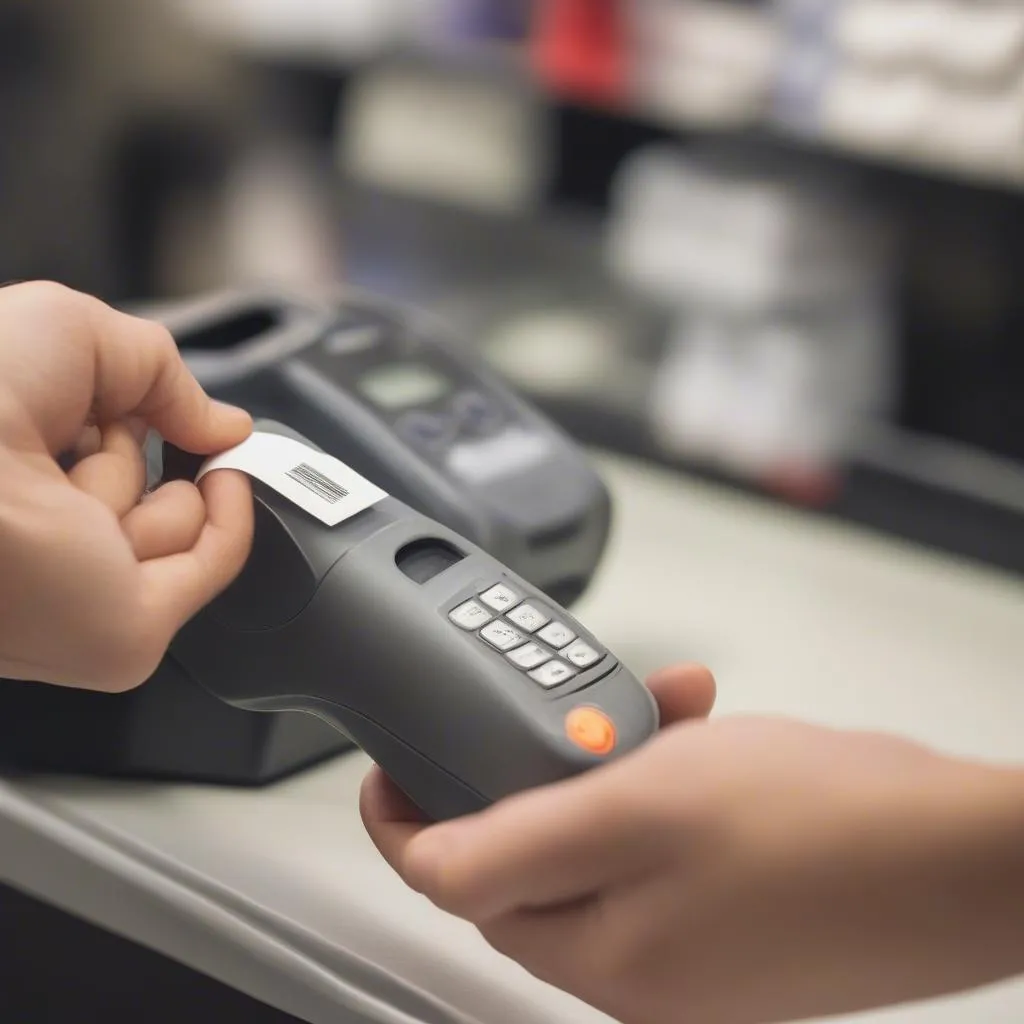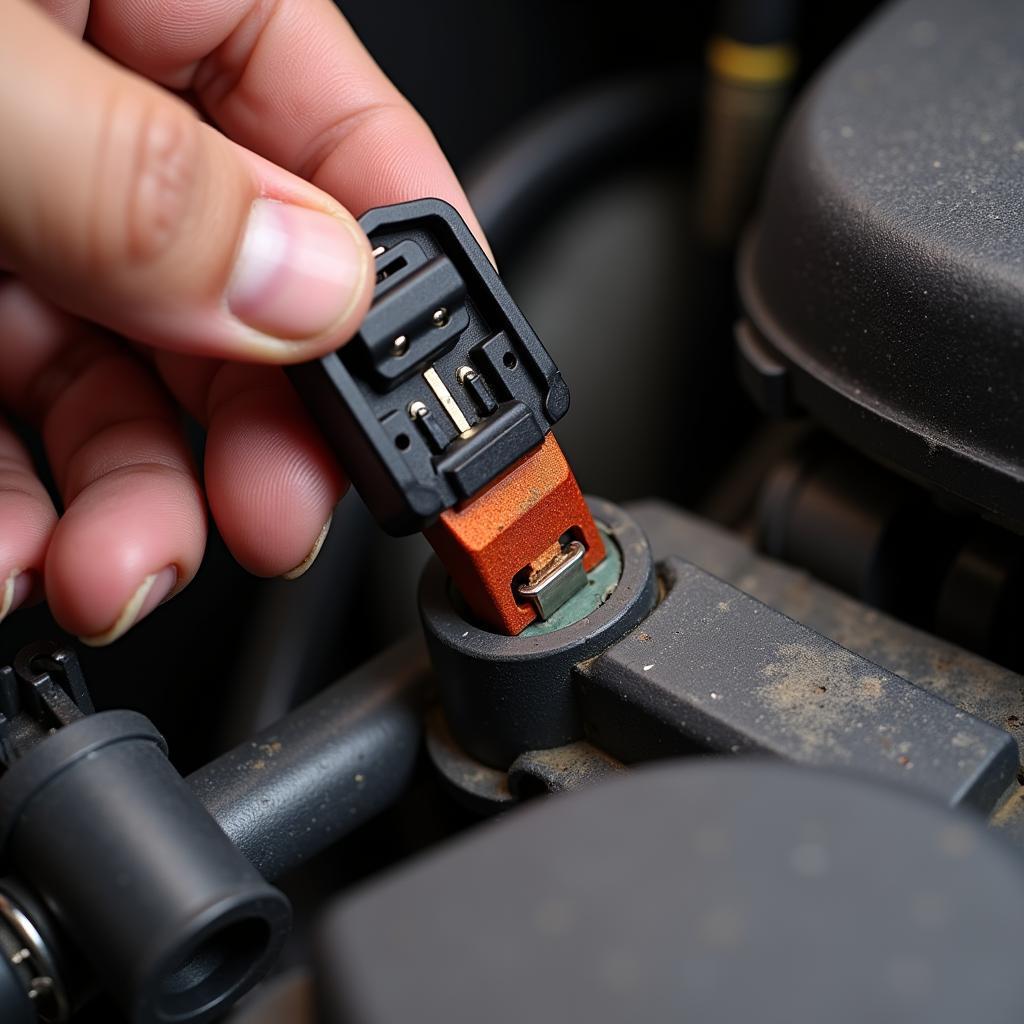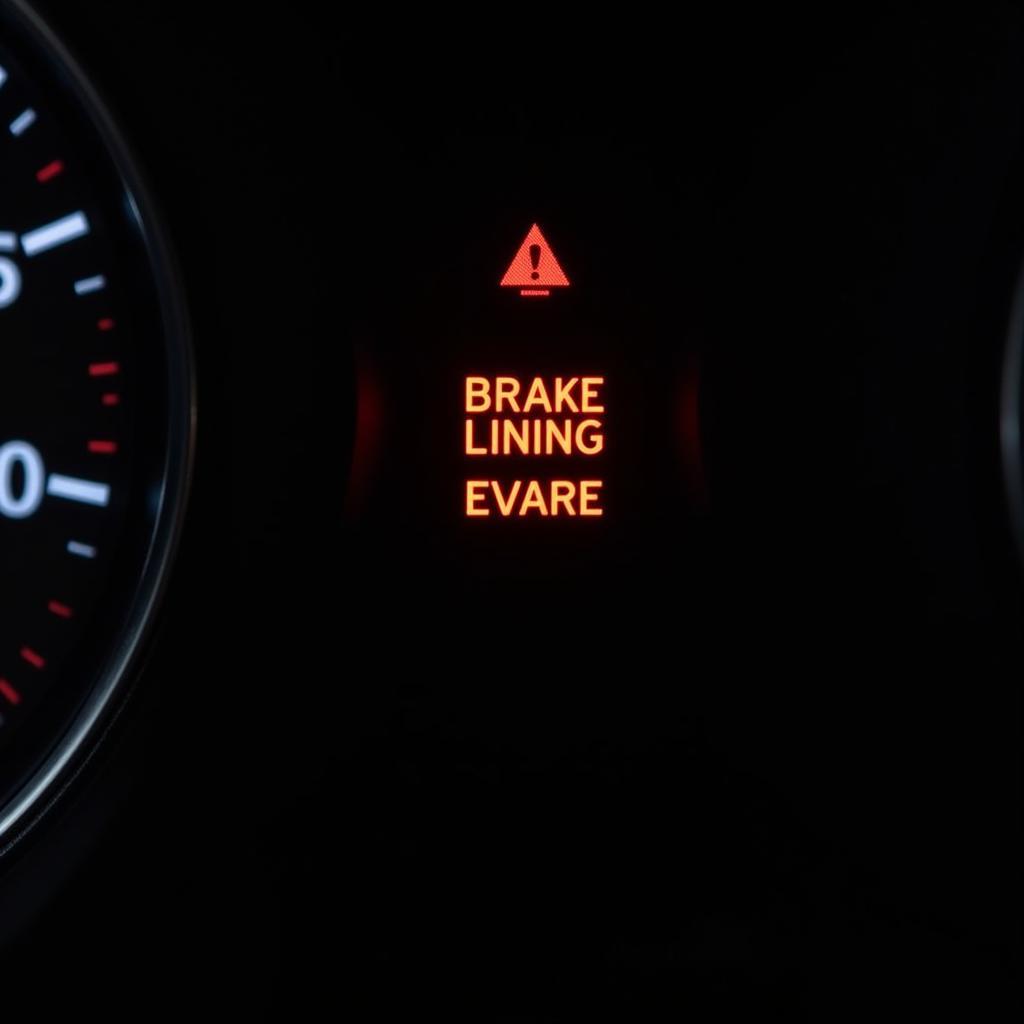Ever walked through the electronics section at Walmart and heard that piercing alarm as someone walked past the anti-theft system? These systems are designed to deter shoplifting and protect merchandise, but have you ever wondered how they actually work? Let’s delve into the fascinating world of anti-theft systems and uncover the technology behind those alarms.
Understanding the Basics of Anti-Theft Systems
Retail stores like Walmart utilize Electronic Article Surveillance (EAS) systems to prevent theft. These systems generally consist of three main components:
- Security Tags: These tags, often attached to products, contain a small circuit or material that can trigger the alarm. You’ll see them as hard tags or soft stickers.
- Antenna Pedestals: Located at store exits, these pedestals emit electromagnetic fields that detect activated security tags.
- Detection System: When an activated tag passes through the pedestals’ electromagnetic field, it disrupts the field, triggering an alarm.
Different Types of Anti-Theft Alarms at Walmart
Walmart, like many other retailers, employs various types of EAS systems, each with unique mechanisms:
1. Acusto-Magnetic (AM) Systems: These are the most common systems. AM tags contain a strip of amorphous metal that resonates at a specific frequency when exposed to the pedestal’s electromagnetic field, triggering the alarm.
2. Radio Frequency (RF) Systems: RF systems utilize tags with small circuits that emit radio waves. The pedestals create a radio frequency field, and when the tag passes through it, the circuit is energized, emitting a signal that sets off the alarm.
3. Electro-Magnetic (EM) Systems: These systems use tags with a strip of ferromagnetic material. When exposed to the pedestal’s electromagnetic field, the tag disrupts the field, activating the alarm.
How the Alarm Gets Triggered
The alarm at Walmart is triggered when an item with an active security tag passes between the antenna pedestals at the store exit. Here’s how it happens:
- Active Tag: The security tag attached to the merchandise remains active.
- Passing the Pedestals: As the item with the active tag passes through the pedestals, the tag interacts with the electromagnetic field.
- Disruption and Detection: The active tag disrupts the electromagnetic field emitted by the pedestals.
- Alarm Triggered: The disruption signals the detection system, triggering the audible alarm and often alerting store personnel.
 Walmart security gate
Walmart security gate
Deactivating the Security Tags
Deactivating or removing the security tag at the checkout counter is crucial to prevent false alarms. This is typically done in one of two ways:
- Deactivation: Cashiers use a deactivation device to neutralize the tag’s triggering mechanism. For AM systems, this involves demagnetizing the metal strip. For RF systems, it might involve sending a signal to disable the circuit.
- Tag Removal: Some tags, especially hard tags, are physically removed from the merchandise using a detacher tool.
 Cashier removing security tag
Cashier removing security tag
FAQs about Anti-theft Alarms
Can anti-theft alarms damage electronics?
No, the electromagnetic fields generated by these systems are generally not strong enough to harm electronics.
Can I accidentally trigger the alarm if I have purchased the item?
While rare, it’s possible if the tag wasn’t properly deactivated or removed during checkout.
What happens if the alarm goes off when I leave?
Store personnel are trained to check your receipt and scan your purchases to ensure all tags have been deactivated or removed.
Conclusion
Anti-theft alarm systems at Walmart play a vital role in deterring shoplifting and protecting merchandise. Understanding how these systems work can enhance your shopping experience and alleviate any concerns about accidental alarms. If you ever have questions or encounter issues with anti-theft alarms while shopping, don’t hesitate to ask a Walmart associate for assistance.
And, if you’re interested in learning more about automotive diagnostics and the latest technology for vehicle maintenance, be sure to check out CARDIAGTECH. They offer cutting-edge diagnostic tools and software for professional mechanics and car enthusiasts alike.


